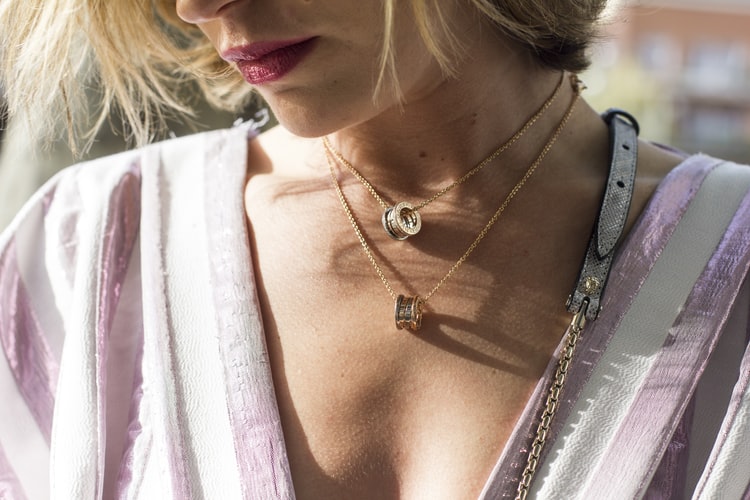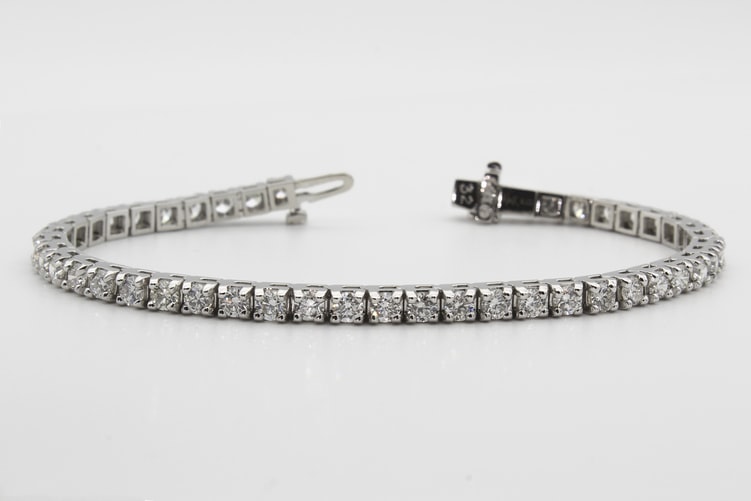Have you ever noticed how some people just seem to look great no matter what they wear? And even things you and I would toss aside seem to match and work well with their wardrobe. What sorcery is this? And how do I make my clothes stand out like that?
The truth is, there isn’t really a “secret” to making your outfit stand out. Instead, there are some tips and tricks that Fashionistas use to make even the most basic clothes look more stylish and fun. The even better news is that those tips and tricks aren’t that hard to decipher. In fact, we’ve got the low down and we are passing it on to you right now!
Secrets to Make Any Outfit Stand Out
Again, these aren’t as many secrets as they are tried-and-true tips for making your style shine. At the heart of every tip is this one element – accessories. That’s right. The key to making your outfits stand out is accessorizing them just right. Want to accessorize your wardrobe like a pro? Keep reading to find out how to accessorize like the fashionista you really are!
1. Wear big earrings to dress up a casual outfit
Big earrings draw attention to your face and can add a pop of color, metal, or glamour to even the most casual outfit. Choose earrings that complement your hairstyle. Chunky studs are great for shorter hairstyles. Meanwhile, longer or curly hairstyles may need some serious statement earrings to draw attention.
2. Join the layered necklace trend
Layered necklaces are hot right now. The hottest styles combine various lengths, sizes, and styles. Two or three-layered necklaces can really make your outfit stand out. Just be careful not to layer too many together. You don’t want to look like you just stepped off Bourbon St. during Mardi Gras.
3. Play with proportion
A great way to really make your style stand out is to play with proportion. If your outfit has a lot of volumes or is pattern-heavy, scale down on the accessories a bit. But if your outfit is sleek, neutral, or form-fitting, some bold jewelry and a sexy handbag can make a big impact. The more basic your outfit is, the more room you have to be creative and bold.
4. Try layering bracelets
Layered necklaces aren’t the only layering trend hot right now. Layered bracelets are also a hot accessory. Mix and match colors and patterns and wear a bunch of them on one arm to jazz up any outfit. The right mix of bracelets can be casual enough for everyday wear, but can easily be glammed up with the addition of metals or gemstones.
5. Add a belt to your look
Belts were a hot trend last fall, and it’s looking like the trend is sticking around. A wide belt is a great accessory over a flowy dress. A brightly-colored belt paired with neutral tones can add a pop of color and help accentuate your waist.
6. Mix up the materials
Some people would argue this point, but it really is okay to mix up materials when you are accessorizing. Mixing up your jewelry materials – especially layers – can really create a vintage, classy vibe. Don’t be afraid to mix and match and experiment with the accessories you have, and those you plan to have in the future.
Putting it All Together
Now you know the secrets to make any outfit stand out. You no longer need to live in fear that your outfit isn’t bold or creative enough. Just use your imagination and stay true to your style and personality. The rest will fall into place as easily as those layered bracelets.
Read Also:

























